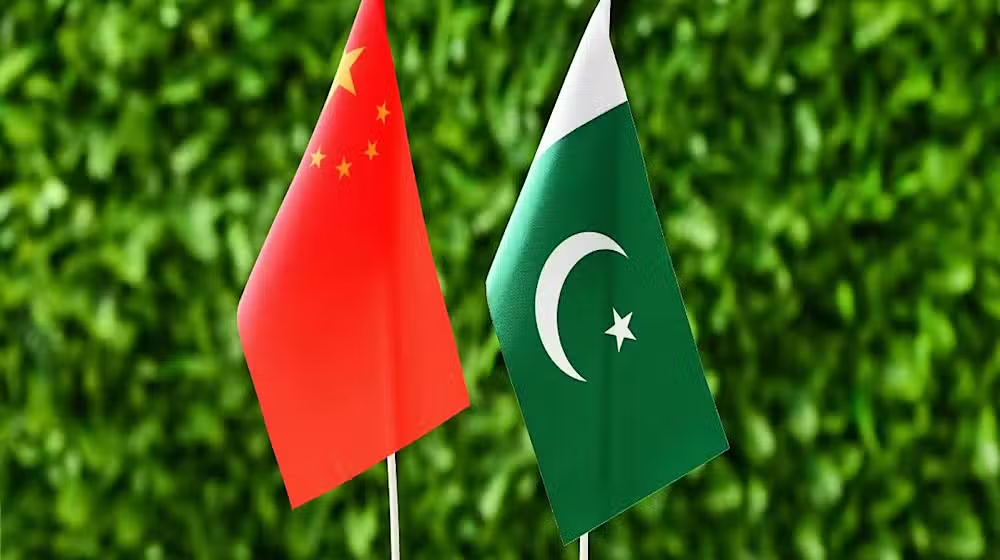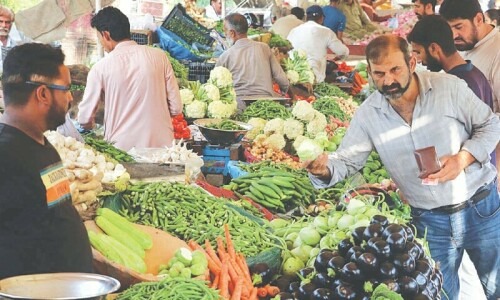Introduction
The planning and development of industrial zones play a vital role in the economic growth of a country. In an effort to enhance industrialization and set benchmarks for other areas, Pakistan has requested China to develop two model industrial zones. These zones are intended to be developed on a turnkey basis, ensuring that they serve as the foundation for future industrial zones across the country. The move comes in the context of Pakistan’s ambitious plans for economic transformation under the China-Pakistan Economic Corridor (CPEC) and aims to bolster industrial activity, create jobs, and promote technology transfer.
H1: Government’s Request to China for Developing Model Industrial Zones
Background of the Request
Planning Minister Ahsan Iqbal confirmed the request to China for the development of two model industrial zones. He emphasized that these industrial zones will serve as blueprints, setting the standard for other zones throughout Pakistan. This initiative is part of the broader goals under CPEC, which focuses on infrastructural improvements, economic integration, and the enhancement of industrial capacities across the country.
The proposed zones will not only create job opportunities but will also focus on technology transfer, improving industrial processes, and increasing the export potential of Pakistan. These model zones are expected to foster innovation, attract foreign investment, and make Pakistan’s industrial sectors more competitive.
Key Features of the Model Industrial Zones
The two model zones will be designed to accommodate various industries, such as manufacturing, technology, and agriculture. The following key features are expected:
- Turnkey Development: The zones will be developed with complete technical expertise, where China will oversee the development process, ensuring world-class infrastructure and management.
- Replication Across Pakistan: Once established, these zones will serve as benchmarks for other industrial zones in Pakistan. The model zones are expected to be replicated across the country to spread the benefits of industrial development.
- Integration with CPEC: These industrial zones will be aligned with the objectives of the China-Pakistan Economic Corridor, which seeks to enhance trade, infrastructure, and energy cooperation between both nations.
A Boost to Industrial Growth
The development of industrial zones is a cornerstone of Pakistan’s economic development. By establishing these zones, the government aims to increase local production and create an environment that is conducive to business and industrial growth. The collaboration with China is expected to enhance Pakistan’s industrial capabilities by introducing modern technologies, management practices, and production techniques.
H2: Progress Review on China-Pakistan Economic Corridor (CPEC)
Meeting Overview
The progress of various CPEC-related projects was reviewed during a meeting chaired by Planning Minister Ahsan Iqbal. Attendees included key officials from various ministries and departments, such as the Ministry of Railways, Ministry of Communications, and the Board of Investment (BOI). During the meeting, the focus was on key sectors such as energy, infrastructure, agriculture, and special economic zones (SEZs).
Minister Iqbal emphasized the need to expedite work on crucial projects under CPEC, such as the ML-1 railway project and the Karakoram Highway (KKH) upgrade. He urged relevant authorities to ensure the swift implementation of these projects, which will further enhance connectivity and trade between China, Pakistan, and beyond.
Key Projects Under CPEC
- ML-1 Railway Project: This project is a key element of Pakistan’s infrastructure development under CPEC. It aims to modernize and expand the country’s railway network, reducing transportation costs and enhancing trade efficiency.
- Karakoram Highway (KKH) Expansion: The KKH is a critical trade route connecting China with Pakistan and beyond. Upgrading this highway will improve connectivity and facilitate easier movement of goods and services between the two countries.
- Rashakai SEZ: The Rashakai Special Economic Zone is one of the prime SEZs under CPEC. The meeting emphasized the need to energize the internal network of this zone to ensure its proper functioning and development.
H3: Gwadar Tax Exemption Policy
Incentives for Businesses
In the meeting, officials clarified the tax exemption policy for Gwadar. Under the Finance Act, businesses operating in the Gwadar Free Zone, including the China Overseas Port Holding Company (COPHC), are entitled to tax holidays and related incentives. These exemptions are crucial for attracting investment and ensuring the long-term sustainability of projects in the region.
The tax holidays will encourage businesses to set up operations in the Gwadar Free Zone, thereby boosting the local economy. With a favorable tax environment, these businesses can grow, creating jobs and driving economic activity in the region.
Challenges and Future Plans
While the tax exemptions provide immediate relief, stakeholders highlighted the need for long-term strategies to ensure sustained economic growth. The government plans to streamline administrative procedures and make it easier for businesses to operate in these zones, facilitating smoother operations and increased investment.
H2: Agricultural Development and Collaboration with China
Training of Agricultural Graduates
The meeting also discussed the ongoing collaboration between Pakistan and China in the field of agriculture. A key initiative under CPEC is the training of 1,000 agriculture graduates in China, aimed at equipping them with the latest techniques in farm mechanization and technology.
Minister Iqbal emphasized the importance of modernizing Pakistan’s agriculture sector, which plays a crucial role in the country’s economy. These graduates will return to Pakistan with enhanced skills and knowledge, contributing to the modernization of agriculture and improving productivity.
Support for Agricultural Trainees
Special arrangements were made to ensure that the trainees are fully supported during their time in China. This includes provisions for Halal food during Ramadan, along with facilities for Sehri and Iftar, ensuring that the cultural and religious needs of the trainees are met.
Importance of Agricultural Innovation
The modernization of agriculture through technology and mechanization is vital for Pakistan, given the sector’s significant contribution to GDP. The expertise gained by these graduates will help modernize farming techniques, improve yields, and increase food security.
H2: Future Steps and Conclusion
The government’s plans to develop model industrial zones, improve infrastructure under CPEC, and modernize agriculture indicate a clear vision for the country’s future growth. The collaboration with China has proven to be a cornerstone of Pakistan’s economic strategy, with significant investments and technology transfers expected in the coming years.
These initiatives will create jobs, improve the industrial landscape, and enhance trade between Pakistan and China. They also set a roadmap for the future development of Pakistan, with increased focus on industrialization, energy efficiency, and agricultural modernization.
FAQs
1. What is the China-Pakistan Economic Corridor (CPEC)? CPEC is a major infrastructure project that aims to connect China’s Xinjiang province to Pakistan’s Gwadar port, creating new trade routes, improving infrastructure, and boosting economic activity between both countries.
2. Why has Pakistan asked China to develop industrial zones? Pakistan has requested China to develop model industrial zones to create benchmarks for future industrial zones across the country. These zones will foster industrial growth, technological advancements, and job creation.
3. How will the model industrial zones benefit Pakistan? These zones will enhance Pakistan’s industrial capabilities by introducing modern technologies, increasing exports, and attracting foreign investment. They will serve as a template for future industrial zones across the country.
4. What is the Rashakai Special Economic Zone (SEZ)? Rashakai SEZ is a key industrial zone under CPEC, designed to attract investment, create jobs, and foster industrial growth. It is part of Pakistan’s broader efforts to industrialize and improve its infrastructure.
5. How will the agriculture sector benefit from collaboration with China? The collaboration with China will help modernize Pakistan’s agriculture sector by training graduates in the latest farming techniques and technologies. This will improve productivity and ensure food security.


